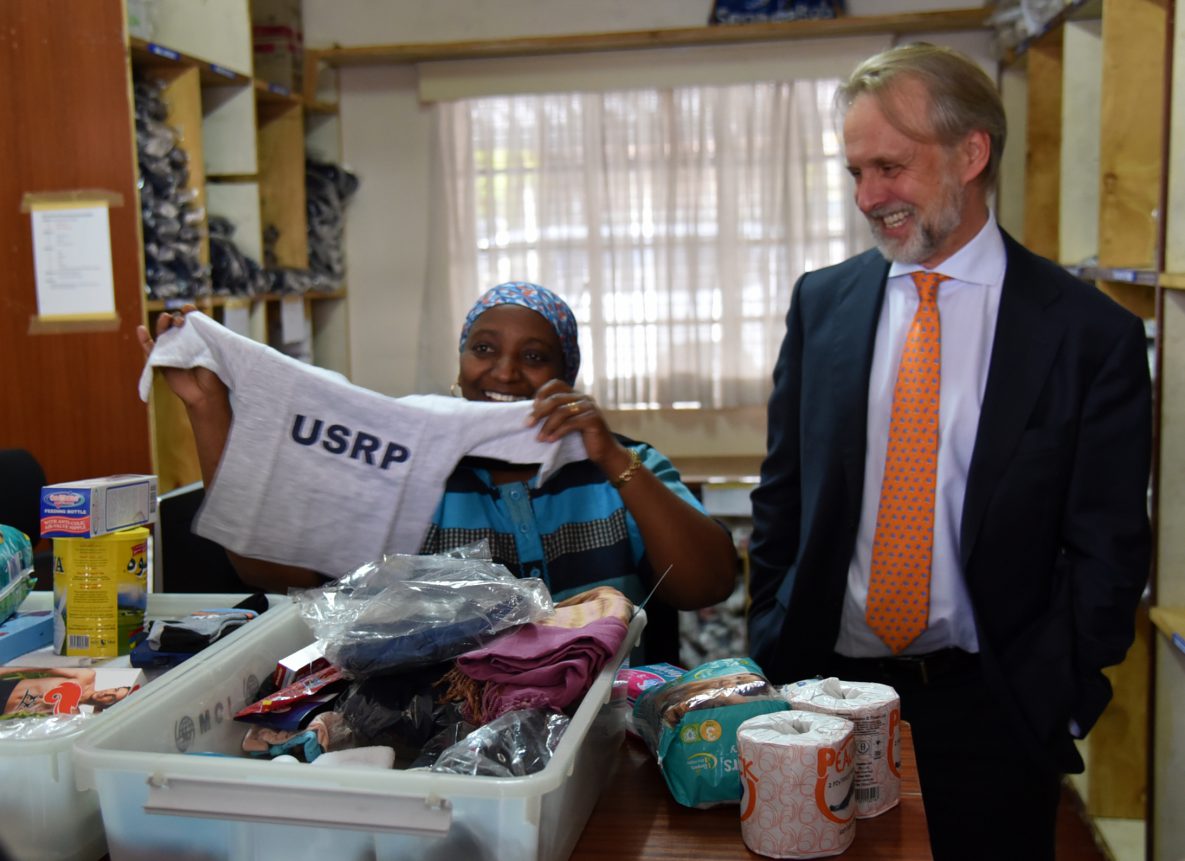New Surveillance System Improves Migration and Resettlement Process

Every year, about 50,000 refugees resettle to the United States under the United States Refugee Admissions Program (USRAP). The resettlement process involves U.S government agencies including the Department of Homeland Security, the Department of State and CDC. CDC, through the Division of Global Migration and Quarantine (DGMQ), has the oversight role on the medical assessment of USRAP participants. Screening and treatment before entry into the U.S. are required for some of these diseases. These activities prevent the importation of infectious diseases, particularly tuberculosis and vaccine-preventable diseases.
Five days prior to departure, refugees go through pre–departure surveillance in transit centers to identify and treat any conditions that might have been missed during the initial medical screening. Pre-departure surveillance in transit centers was introduced following interruption of departures for U.S.-bound refugees residing in Kenya due to infectious diseases such as cholera, measles and chickenpox. The system initially piloted in Kenya was paper based and meant data were inconsistently collected and rarely analyzed to enable timely action. This often resulted in travel delays for these refugees until their health condition was resolved and the possibility of transmission of disease to other refugees was not considered a risk.
To improve pre-departure surveillance, CDC Kenya’s DGMQ in collaboration with the International Organization for Migration (IOM) designed and implemented an electronic surveillance system that integrates all the migrant / refugee health information at the Nairobi Transit Centre. The improved surveillance system resulted in timely detection and response to cases of infectious diseases among USRAP participants prior to departure for the US. The number of refugees who had their travel deferred due to chickenpox (varicella) reduced from 15 in 2016 to 6 in 2017 and those due to other acute medical conditions reduced from 42 in 2016 to 27 in 2017. The new system also reduced interruptions in resettlement of USRAP participants residing in Kenya with 5,275 refugees being resettled without any delays between October 2016 and August 2017. The improved surveillance also led to a decision by IOM to introduce vaccination for varicella as part of the USRAP vaccination program and to develop a ‘Best practices at transit centers” guidance note on promoting health and safety at transit centers.